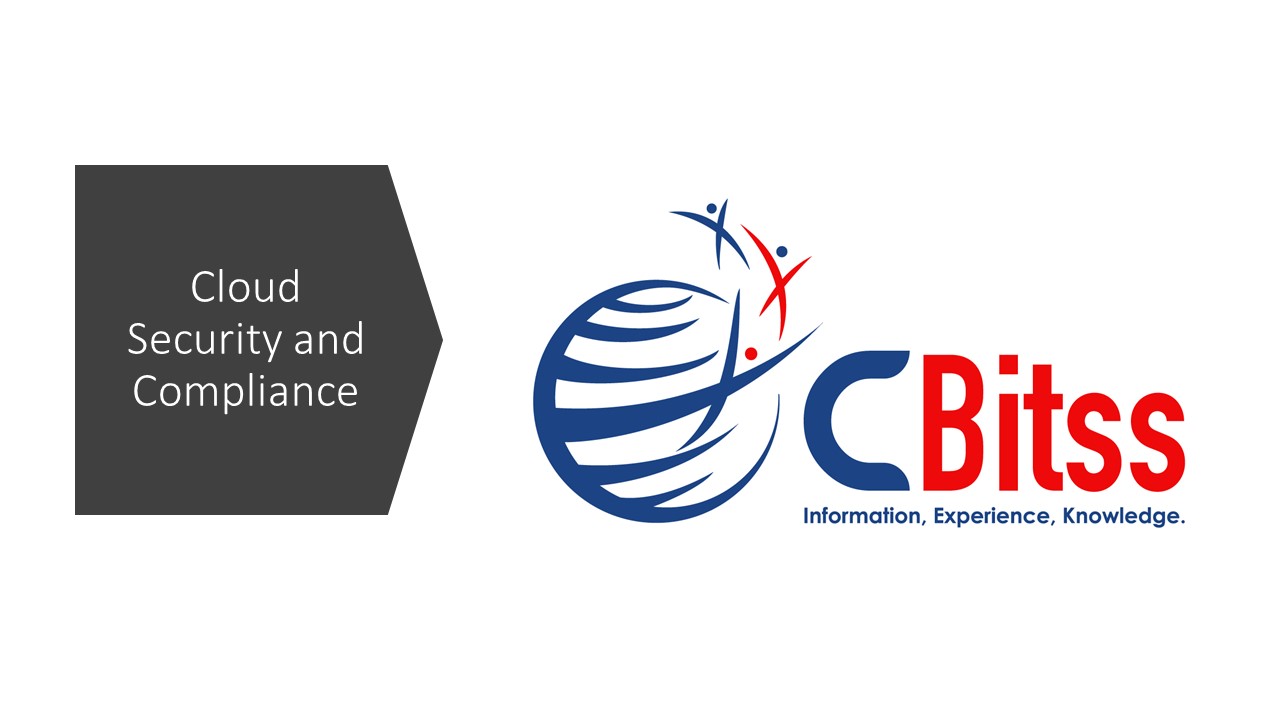Cloud Computing Course in Chandigarh PowerPoint PPT Presentation
Title: Cloud Computing Course in Chandigarh
1
Cloud Security and Compliance
2
Introduction
3
Cloud Security Risks
4
Cloud Compliance Regulations
- General Data Protection Regulation (GDPR) EU
regulation governing data protection and privacy
for individuals within the European Union. - Health Insurance Portability and Accountability
Act (HIPAA) US federal law regulating the
security and privacy of protected health
information. - Payment Card Industry Data Security Standard (PCI
DSS) Security standard for organizations
handling payment card data. - Federal Information Security Management Act
(FISMA) US federal law governing information
security for government agencies. - Sarbanes-Oxley Act (SOX) US federal law
establishing standards for financial reporting
and internal controls. - ISO/IEC 27001 International standard for
information security management systems. - Cloud Security Alliance (CSA) Cloud Controls
Matrix (CCM) Cybersecurity control framework for
cloud computing environments.
5
Data Protection and Encryption
- Encryption of data at rest and in transit
Encrypting data stored in the cloud and data
transmitted over networks to protect against
unauthorized access. - Key management and secure key storage Secure
generation, storage, and management of encryption
keys to ensure data confidentiality. - Access control and authentication Implementing
robust access controls and authentication
mechanisms to restrict unauthorized access to
data and systems. - Data loss prevention (DLP) measures Detecting
and preventing the unauthorized transfer or
disclosure of sensitive data. - Secure data backup and recovery Implementing
secure backup and recovery processes to ensure
data availability and business continuity. - Data residency and sovereignty Ensuring
compliance with data residency and sovereignty
requirements by storing and processing data in
appropriate geographical locations.
6
Identity and Access Management (IAM)
7
Network Security
- Virtual Private Cloud (VPC) and network
segmentation Isolating cloud resources into
separate virtual networks for enhanced security
and control. - Firewalls and security groups Implementing
firewalls and security groups to control inbound
and outbound traffic to cloud resources. - Secure virtual private networks (VPNs)
Establishing secure encrypted connections between
on-premises networks and cloud environments. - Web application firewalls (WAFs) Protecting web
applications hosted in the cloud from common
web-based attacks. - Intrusion detection and prevention systems
(IDS/IPS) Monitoring network traffic and
identifying potential intrusions or malicious
activities. - DDoS mitigation Implementing measures to detect
and mitigate Distributed Denial of Service (DDoS)
attacks targeting cloud resources. - Security monitoring and logging Continuously
monitoring network traffic and logging security
events for analysis and incident response.
8
Cloud Infrastructure Security
- Secure configuration of cloud resources
Implementing secure configurations for cloud
resources, such as virtual machines, containers,
and databases, to minimize vulnerabilities. - Vulnerability management and patching Regular
vulnerability scanning and timely patching of
cloud resources to address known vulnerabilities. - Secure deployment and automation Implementing
secure deployment and automation processes to
ensure consistent and secure configurations
across cloud resources. - Secure coding practices Adhering to secure
coding practices when developing applications and
services for the cloud. - Secure containers and container orchestration
Implementing security controls for containerized
applications and container orchestration
platforms. - Secure serverless functions Securing serverless
functions and ensuring proper isolation and
access controls.
9
Cloud Security Monitoring and Logging
- Continuous monitoring and auditing Continuously
monitoring cloud resources and activities to
detect potential security incidents and ensure
compliance. - Security information and event management (SIEM)
Collecting and analyzing security-related logs
and events from various sources for threat
detection and incident response. - Log analysis and correlation Analyzing and
correlating log data from different sources to
identify patterns and potential security
incidents. - Threat detection and response Implementing
mechanisms to detect and respond to potential
threats and security incidents in the cloud
environment. - Incident response and forensics Developing and
implementing incident response plans and
conducting forensic investigations when security
incidents occur. - Compliance reporting and auditing Generating
compliance reports and facilitating audits to
demonstrate adherence to relevant regulations and
standards.
10
Cloud Security Governance and Compliance
11
Cloud Shared Responsibility Model
12
Conclusion and Future Outlook
13
Cloud Computing course in Chandigarh
For Query Contact 998874-1983

